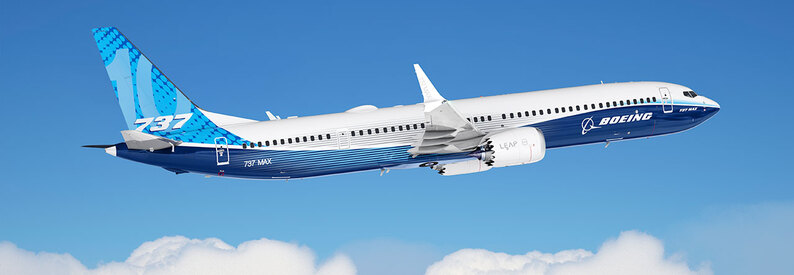Boeing Lifts Southeast Asia Forecast to Nearly 4,900 New Aircraft

Boeing has raised its long-term commercial aviation forecast for Southeast Asia, signaling renewed confidence in one of the world’s fastest-growing air travel markets. In its latest 20-year outlook, the manufacturer now projects demand for 4,885 new aircraft by 2045, up from last year’s estimate of 4,720 deliveries. The upward revision reflects stronger economic prospects, expanding middle-class travel, and rapid airline recovery across the region.
Southeast Asia has reemerged as a global aviation hotspot, driven by resilient domestic markets, booming tourism, and a growing preference for low-cost carriers. Boeing’s updated forecast shows that single-aisle jets—such as the Boeing 737 MAX family—will dominate future demand. These aircraft are essential for short- and medium-haul routes that connect dense city pairs and link major hubs with secondary airports across countries like Indonesia, Vietnam, Thailand, the Philippines, and Malaysia.
According to Boeing, single-aisle models will make up nearly 80% of total deliveries, supporting the expansion of airlines like Lion Air, VietJet, Cebu Pacific, and AirAsia Group. The region’s low-cost carriers have been aggressively rebuilding capacity and ordering new aircraft to meet rising passenger volumes, especially as travelers return to pre-pandemic habits of short leisure trips and affordable cross-border travel.
Widebody demand is also expected to strengthen, although at a more moderate pace. Boeing anticipates long-haul growth to be driven by flag carriers such as Singapore Airlines, Thai Airways, Garuda Indonesia, and Malaysia Airlines. These airlines continue to modernize fleets to improve fuel efficiency, launch new international routes, and support growing cargo operations—another area where the region has shown strong resilience.
Economic trends are central to Boeing’s optimism. Southeast Asia’s expanding middle class is projected to double by 2045, fueling higher discretionary spending and driving long-term growth in passenger traffic. Tourism flows, both inbound and intra-regional, are also rebounding rapidly, supported by government initiatives to ease travel requirements and boost connectivity through airport upgrades and new infrastructure projects.
Boeing’s revised forecast aligns with broader industry expectations: Southeast Asia will be one of the world’s fastest-growing aviation markets through 2045. As airlines race to modernize fleets with more fuel-efficient models and expand networks to meet surging demand, the region is poised to remain a key driver of global aircraft deliveries.
With nearly 4,900 new jets projected over the next two decades, Southeast Asia stands at the center of commercial aviation’s next major growth cycle—one that Boeing is betting on with increasing confidence.
Sources: AirGuide Business airguide.info, bing.com
